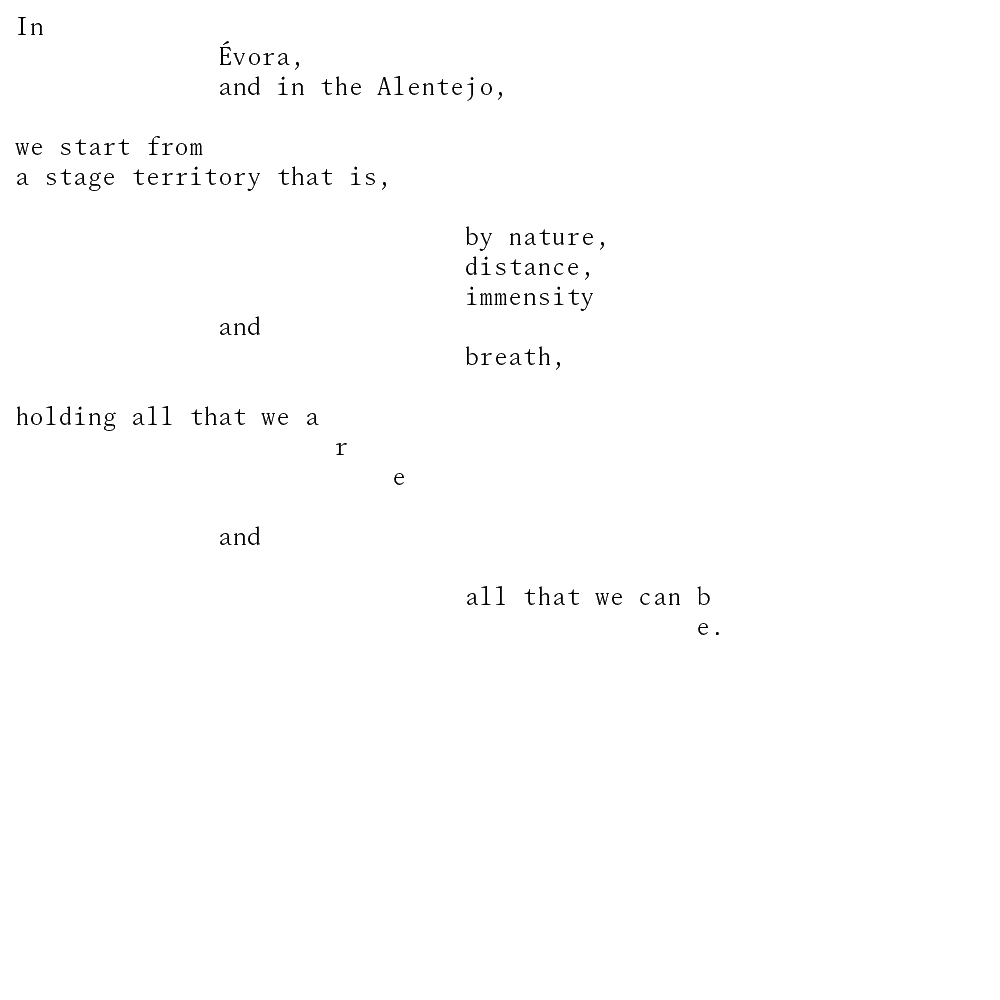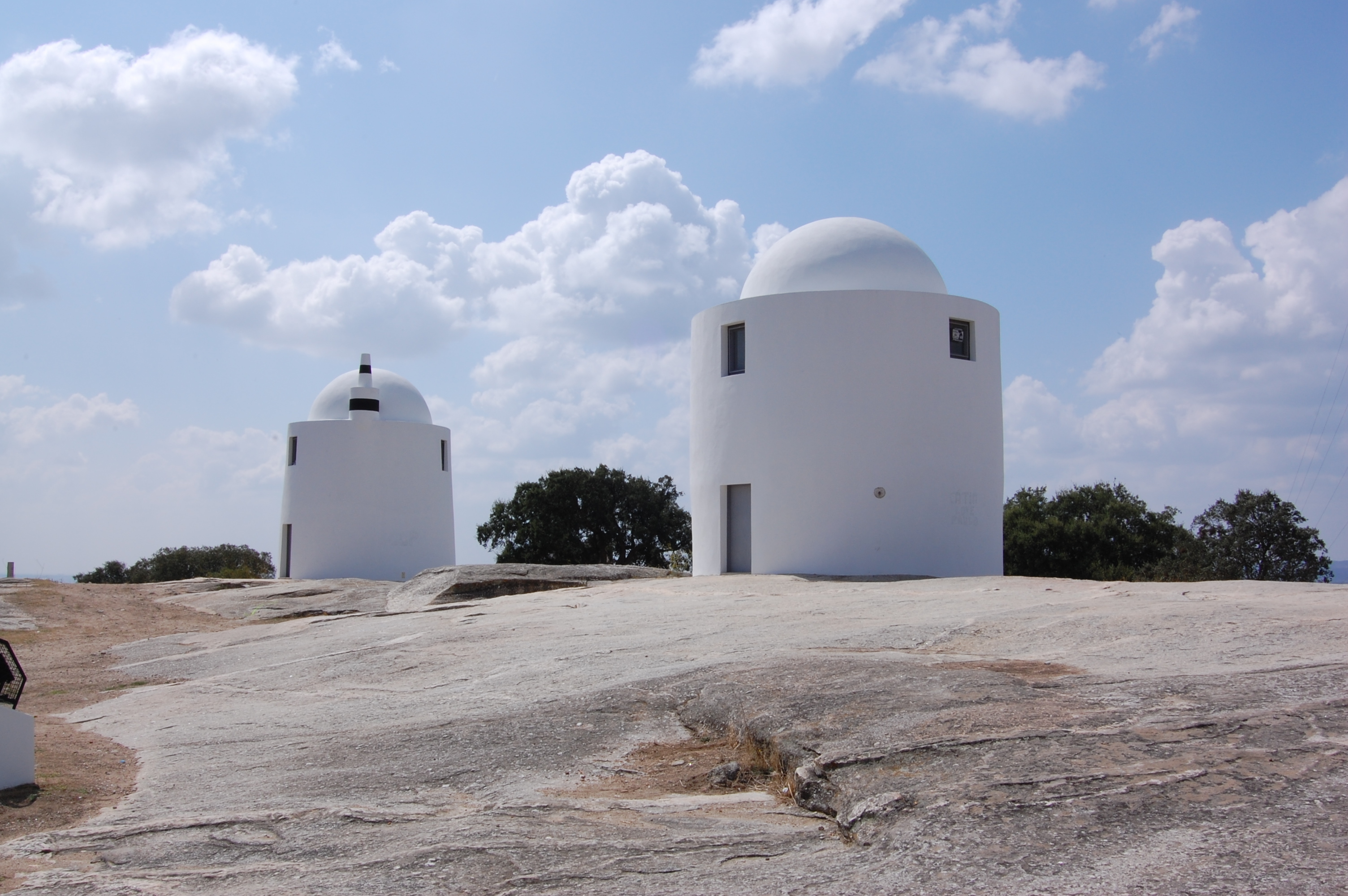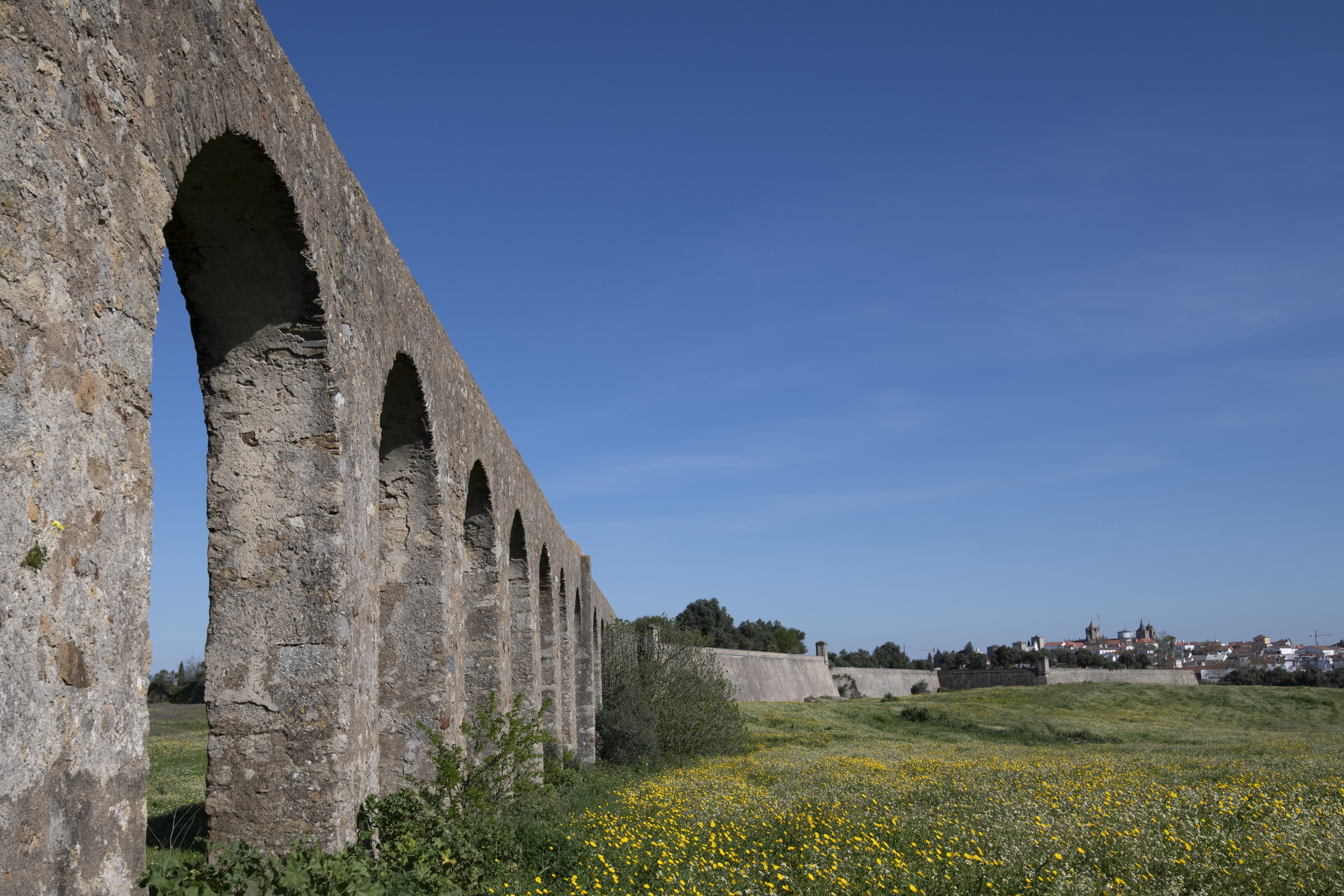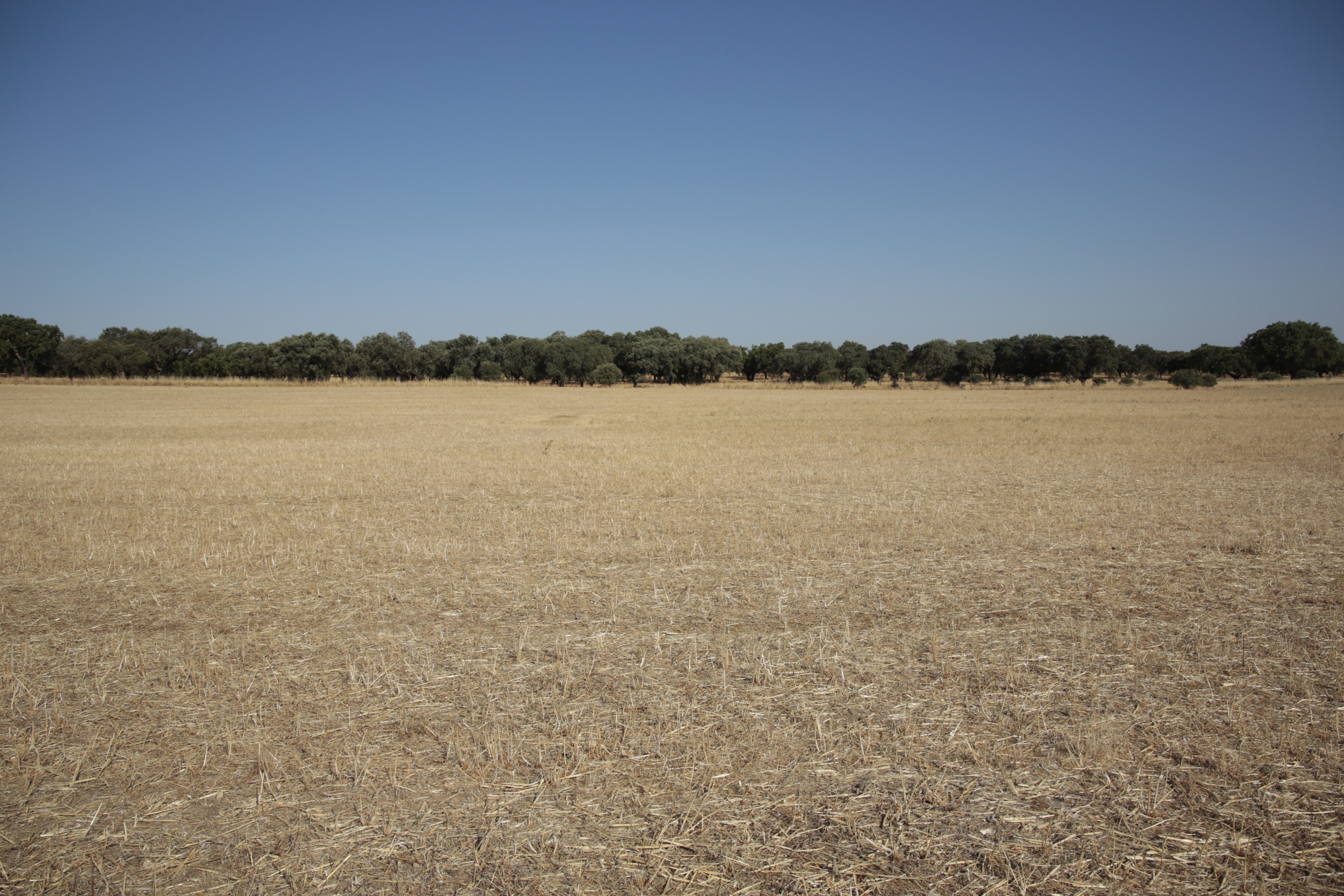Évora is the size of the world. Since time immemorial, it has been a city of convergence where people meet to view and think about the world. Évora was once a meeting place of civilisations, the residence of the Portuguese court, a place of expansionist knowledge and one of the main cities of the Portuguese Renaissance.
Standing on a hill in the midst of the Central Alentejo plain, Évora is located in the interior of Portugal, 140 km from Lisbon. It is home to 56,000 people. The megalithic remains we find here bear witness to a land long marked by human presence. The Lusitanians passed through Évora, followed by the Romans, the Visigoths, the Arabs, and then the Christians. Traces of these passage-stays are clearly visible in the streets of the sprawling city and in the cultural heritage vibrating in all those who inhabit it. Évora has been a UNESCO World Heritage Site since 1986, recognised for its historic centre which is representative of the 16th to 18th centuries, and bears witness to the development of the city and its cultural importance from the 15th century onwards.
A heritage that has been constantly preserved, but also reinvented in the balance between history and contemporaneity, an example of which is the ambitious "smart city" agenda that seeks to establish Évora as a leader for the sustainable development of historic cities. It is one of the lighthouse cities of POCITYF, a project funded by the European Union that promotes the implementation of innovative solutions enabling historic cities to become greener, smarter, and more liveable, while respecting their cultural heritage, contributing to Europe becoming the first Carbon Neutral Continent by 2050.
Today, Évora's cultural profile combines a tangible and intangible cultural legacy with the contemporary vibrance of a dynamic cultural and creative sector. Despite its historical roots and strong interest in the past, Évora is a city in transformation, between all that it has been and everything it can be.
Évora is a city of knowledge and creativity. It preserves a legacy inherited from historical intellectuals who made the city their own, notably in the golden 15th century; and it is home to the second university founded in Portugal (1559), the University of Évora. It is also acknowledged for the important role played in the cultural decentralisation movement that Portugal experienced in 1975, with the creation of the Évora Cultural Centre which, under the direction of stage director Mário Barradas, trained many professional actors working in Portugal today.
As well as for the work of a set of artists who settled in the city in the 70s and 80s, giving it a boost of artistic renewal, such as the International Symposium of Stone Sculpture - Évora 1981, which left to the city a remarkable collection by national and international sculptors.
Surprisingly, for its size, Évora hosts an exceptional number of festivals, all based on interculturality and remarkably diverse in their configuration,and is influenced by the actions of several prominent national and international institutions. The city is also known for famous international contemporary artists based here, such as the sculptor João Cutileiro (1937-2021) and the photographer José Manuel Rodrigues. And the city's cultural life is highlighted by the dynamics of historical associations.
Évora 2027 involves a city, Évora, and a region, the Alentejo, in its full richness and diversity.
Sprawling, vast and immense, the Alentejo is one-third the size of Portugal. Located in the southern part of the country, it is bordered to the north by the river Tagus, to the south by the region of Algarve, to the west by the Atlantic Ocean and to the east by the river Guadiana and the border with Spain. Framed by a diverse landscape between the Atlantic coast and the extensive interior plains, the Alentejo is a region marked by resilience, by creativity and innovation, by the coexistence between communities and nature, between the urban and the rural.
Since the beginning, Évora 2027 was presented as a project for the city, but also for an entire region. A collective construction, which has the support of the four Intermunicipal Communities of the Alentejo: Central Alentejo, Alto Alentejo, Baixo Alentejo and Alentejo Litoral.
With its unique historical, natural and social heritage, the Alentejo has a strong cultural identity that cannot be discovered at a glance. One of its strengths lies in the art of knowing how to preserve popular and traditional practises, examples of which are the various UNESCO classifications the region enjoys, such as Cante Alentejano, the Estremoz Clay Figures, the manufacture of cowbells, the art of Falconry and Festas do Povo de Campo Maior.
Located in Europe’s far southwest, Portugal is a country with an impressive diversity, both in terms of landscape and culture. In a relatively small territory, from the Atlantic coast to the interior, a variety heritages and cultures cross, resulting in a unique combination: a rich and varied identity that captivates both those who are born here and those who arrive.
Portugal is the European country with the earliest borders, 900 years of history and 850km of coastline. Its strategic location puts the country, by nature, in the right place to bridge Europe, the Americas and Africa. Portugal is halfway between New York and Moscow, and is the European country with the closest time zone to the American continent.
Portugal is a country full of history, but also a country centred on the future. If its geographical location puts it in a privileged position to link up with the world from Europe, its culture, starting with language (Portuguese is the 5th world’s most spoken language, shared by 250 million people) is a defining element of the capacity to bring together and connect realities, promoting interculturality
Portugal is a rather small country, yet the country creates critical mass, and the contribution of numerous Portuguese personalities in culture, science, arts and international relations is acknowledged worldwide.
Known for the mildness of its climate and the friendliness of its people, Portugal is a sunny country in every sense. Although the climate differs considerably from region to region, Portugal is known for its temperate weather and 3000 hours of sunshine per year. Though it is the warmth and openness of our culture, the ability to bring people together and make connections, combined with our geography, that puts Portugal in a strategic position for Europe.




